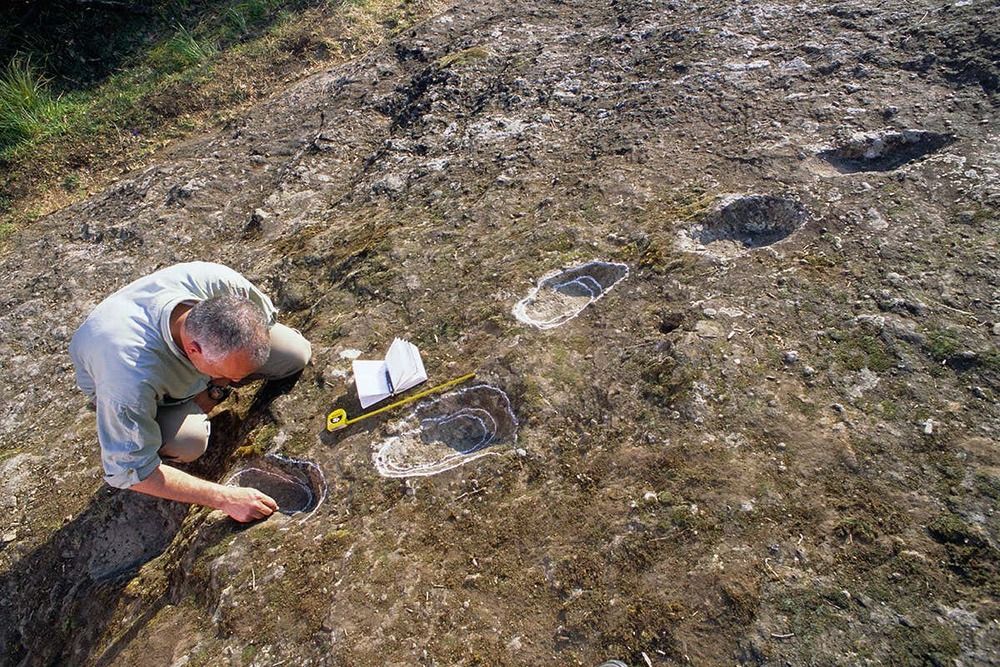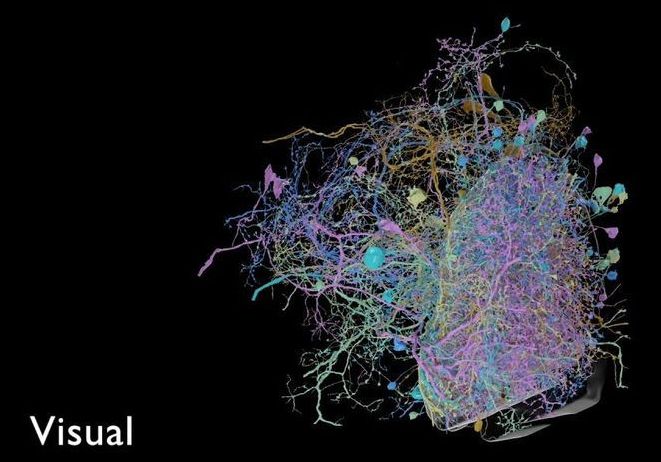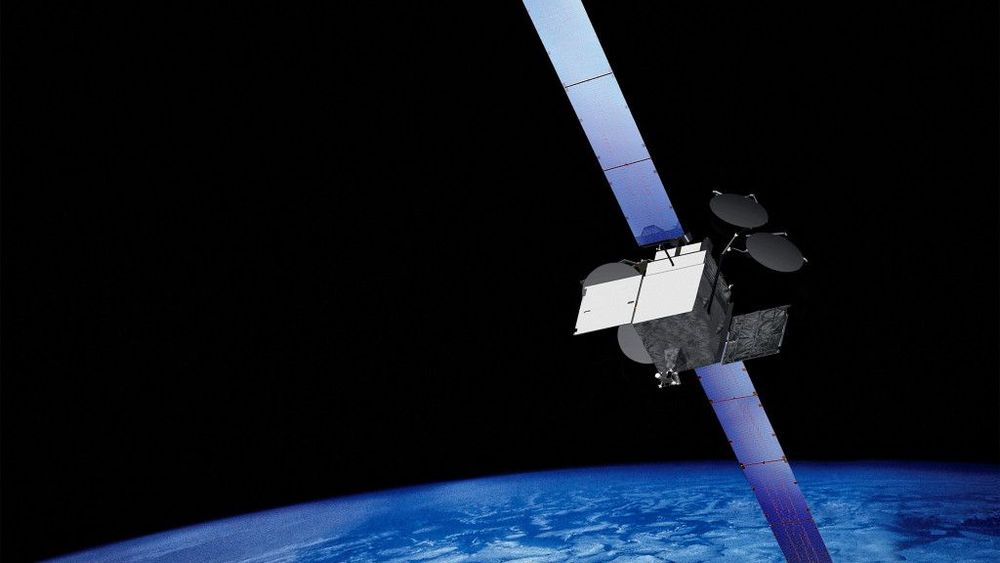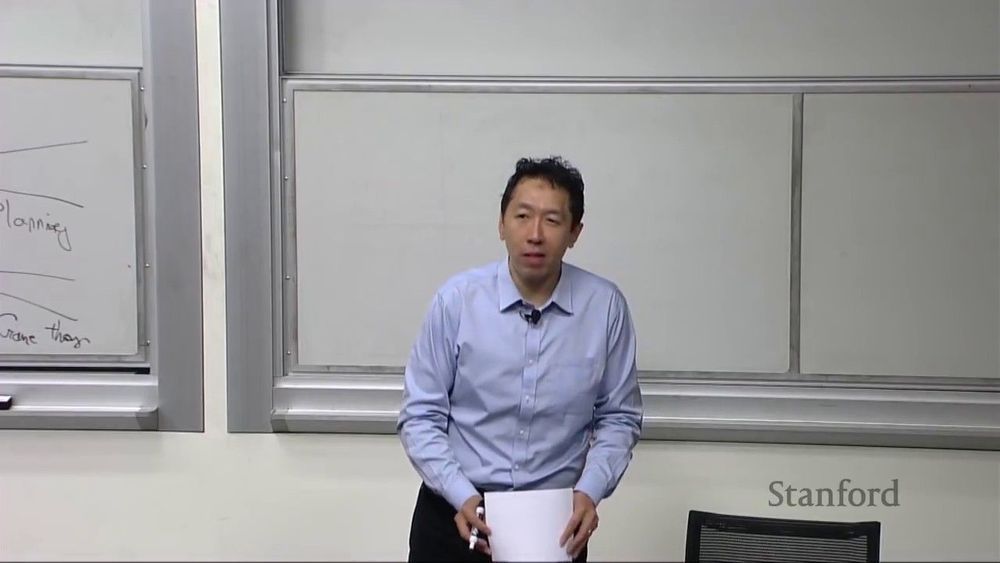Jan 23, 2020
Dealing With Machine Intelligence Explosion
Posted by Brent Ellman in category: robotics/AI
Machines, especially through the power of AI, will surpass humans in Intelligence, effectiveness, and functionality.
Though there are some areas where humans will hold the dominance; mostly areas that require feeling and emotion.
But overall, machines will have capabilities that far surpass even the most Intelligent of humans.
















